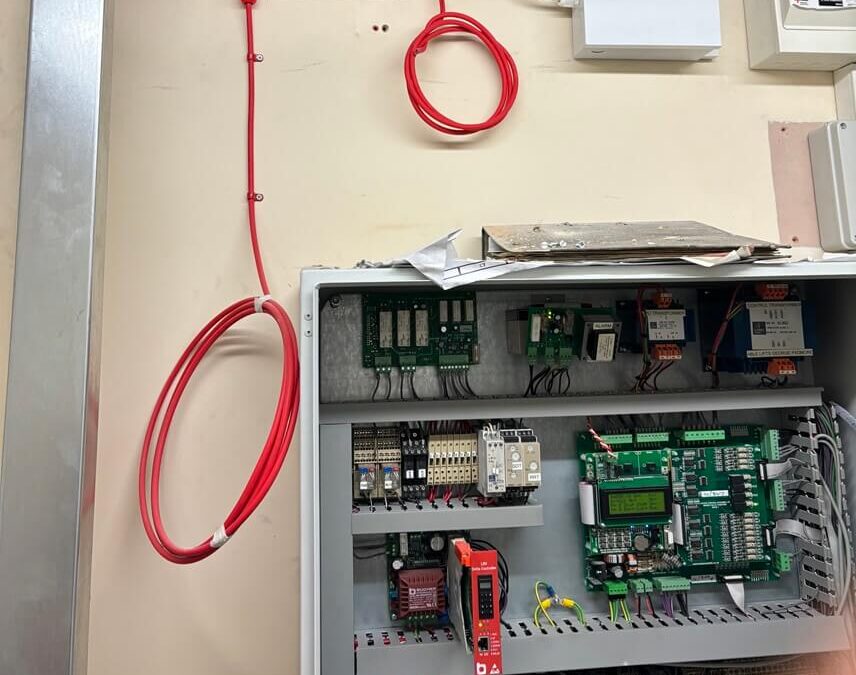“Unlocking the Symphony: A Primer on Fire Alarm Interface per BS 5839:2017”
In the realm of fire safety, the coordination and integration of various systems play a pivotal role in ensuring effective response and mitigation strategies. British Standard BS 5839 offers invaluable guidance on interfacing fire detection and fire alarm systems with other crucial components. This article delves into the key insights provided by BS 5839, shedding light on the intricacies of interfacing systems for enhanced safety measures.
Interconnected Systems:
Scope of Interfacing:
The standard broadens the horizon of interfacing systems, encompassing a spectrum ranging from basic setups to intricate networks. These systems may include manual call points, sounders, and automatic fire detectors, interconnected through control and indicating panels. Additionally, interfacing extends to systems capable of initiating the operation of other fire protection equipment and safety measures, such as fire extinguishing systems and automatic door release mechanisms.
BS 5839 delineates the concept of interconnected systems, often characterised by inputs and outputs forming a low-level interface. Such systems, while operating independently, establish links where outputs from one system connect to inputs of another. A quintessential example is the interconnection between a fire alarm panel and an access control system. The regulatory approval for fire warning/protection resides with the fire alarm panel, whereas the access control system, though distinct, receives alarm notifications through this interface.
Exclusions from BS 5839:
While comprehensive, BS 5839 delineates certain exclusions. Notably, it does not cover systems primarily designed for fire suppression, such as sprinkler systems, albeit acknowledging their secondary alarm functions. Similarly, voice alarm systems and integrated systems combining fire alarm functions with non-fire-related functions fall outside its purview. Furthermore, the standard excludes public emergency call systems and audible/visual way-guidance systems complementary to fire alarm systems.
Responsibilities and Documentation:
BS 5839 underscores the importance of clearly defining and documenting responsibilities when interfacing fire detection and fire alarm systems with other facilities or systems. Even when responsibilities lie with organisations beyond the installer of the fire system, delineating roles ensures clarity and accountability in system integration.
Supplementary Interfaces and Power Supply Considerations:
The standard addresses supplementary interfaces, particularly in networked systems employing PCs or similar IT equipment. It emphasises the need for conformity to relevant standards, such as BS EN 54-2, to ensure compatibility and reliability. Additionally, considerations regarding standby power supply for auxiliary equipment are discussed, emphasising the importance of balancing compliance with operational needs.
Conclusion:
In conclusion, BS 5839 serves as a beacon of guidance for navigating the complex landscape of interfacing systems in fire safety. By understanding its provisions and recommendations, stakeholders can foster robust integration strategies, bolstering the efficacy of fire detection and alarm systems. Clear documentation and delineation of responsibilities remain paramount, ensuring seamless coordination and adherence to safety standards. “Discover the Path to Success: Dive into Course Details Now!”.

